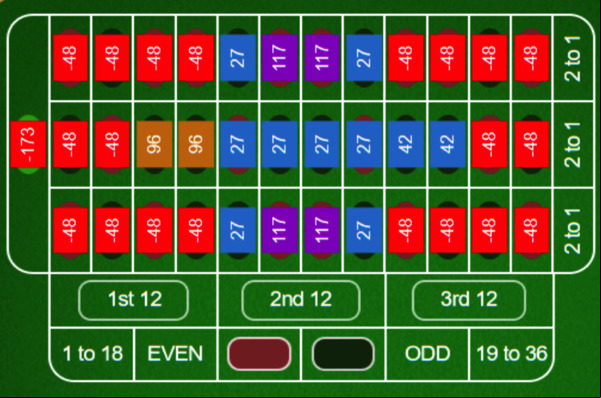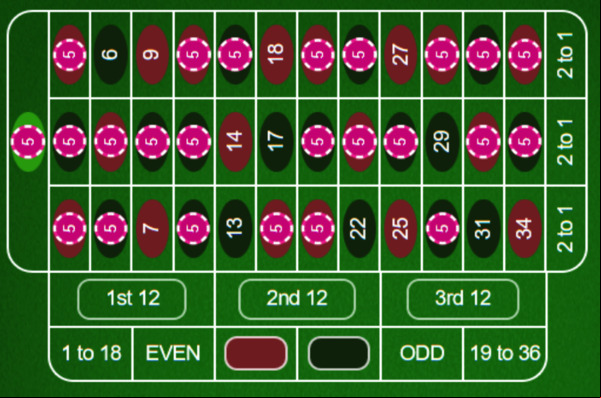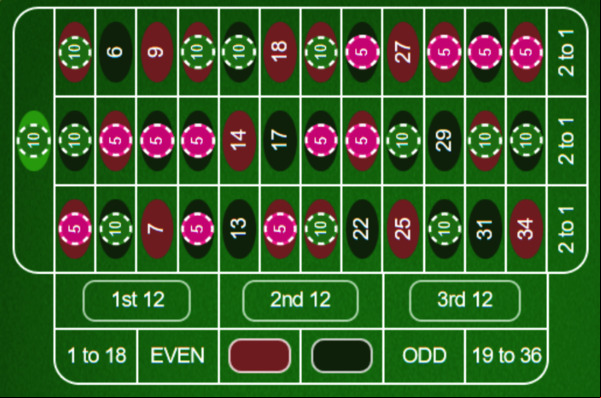Group Strategies for Roulette
Roulette is a game of pure chance, but there are some approaches that really give it another dimension, especially if one plays with a group. Group strategies do have something else: spreading the risks and using the bankroll accumulated for a more controlled approach. Since no strategy exists to eliminate the house edge in this case, it can most definitely provide temporary gains by using these methods, making it more interactive in nature.
Below, we share with you three unique team-oriented modes of play: the Tag Team Tango Roulette Strategy, the Yin and Yang Roulette Technique, and the KEFA Roulette Strategy.

Tag Team Tango Roulette Strategy
The Tag Team Tango Roulette Strategy is all about taking advantage of the two players' opposing betting styles. The first player is more aggressive, securing higher payouts, while the other works in a more conservative manner, moderating such possible losses.
Before getting into details, here is a quick overview of how those two roles play out:
- Aggressive players make big-value bets on certain numbers or combinations, hoping to win big.
- The conservative player works on wider table coverage to balance out the risk.
This is a team-oriented strategy that requires one bankroll shared by all players at the table. The aggressive player plays the high-odd bets: AU$100 on the second dozen (13-24), AU$50 on red, and AU$25 on split bets such as 8/11 and 26/29. That is AU$175 per spin. While one player plays conservatively, taking the wider coverage of the first dozen 1-12 AU$50 bet, the third dozen 25-36 AU$50 bet, black AU$25 and AU$10 on splits like 16/19 or 18/21, his total being AU$135 per spin.
Both players use flat betting; no progressive systems such as Martingale. The aim of the strategy is to double the combined bankroll to AU$3,000.

However, despite extensive table coverage, gaps can lead to losses, requiring careful bankroll management to avoid depletion.
Yin and Yang Roulette Technique
The principles of the Yin and Yang Roulette Technique are all about the balance of opposites. Two players must place complementary bets to cover opposite sectors of the roulette wheel.
Before detailing the bets, here's a snapshot of something special about this strategy:
- The system is based upon straight bets, with each player covering numbers opposite each other on the wheel.
- It involves a progressive betting pattern whereby bets are changed in size after wins.
Both players cover 12 numbers each, ensuring a large portion of the table is covered. For example:
- Player One may bet on 28, 12, 35, 3, 26, 0, 32, 15, 19, 4, 21, 2.
- Player Two would bet on the numbers directly opposite these: 36, 11, 30, 8, 23, 10, 5, 24, 16, 33, 1, 20.

Players start with a bet of AU$10 for each number. In the event of a win, the player increases to a bet of AU$20 for the next round. Once two consecutive wins are achieved, the bets return to AU$10.

With 65% table coverage, this bet provides a very good chance of hitting a number. One single win pays 360 AU$, whereas one complete loss means losing all bets for AU$240. It does take some discipline and coordination to manage the progression properly.
Understanding the KEFA Roulette Strategy
outside bets, like Martingale: High/Low, Black/Red, and Odd/Even.
Player One and Player Two will share the bankroll so that each player's individual bankroll is AU$135, making a total of AU$270. Player One places a starting bet of AU$1 on Red. This means that he will repeat the same bet after a win, making the next bet also AU$1 on Red. This is what happens when a player loses; Player One increases his bets in progression-from AU$2 to AU$4, up to AU$8, AU$16 and so on and so forth. Such an increase in the betting progression lies between Martingale and Fibonacci strategies.
First of all, each player brings an equal bankroll and assumes complementary roles:
- Player One starts with minimal bets on red or black and then adjusts according to the result.
- Player Two will mirror Player One's bets but in the opposite colour.
Player One, having placed the bet, then waits for Player One to lose a round and immediately jumps on the bet when a win is seen with a bet of AU$1 on Black. Meanwhile, Player Two continues with the pattern of sticking with bets on wins until they lose.
This is how one typical session might go:
- Spin 1: Player One bets AU$1 on red and wins. Bankroll: AU$151.
- Spin 2: The Player One bets AU$1 on red again and loses. Bankroll: AU$150. They raise the next bet to AU$2.
- Spin 3: Player Two begins with a bet of AU$1 in black, and Player One places an AU$2 bet in red. If black wins, then Player Two's bankroll increases and compensates for the loss by Player One.
- Spin 4: Player One bets AU$4 on red, and Player Two bets AU$1 on black. If the red eventually wins, Player One's bankroll increases while Player Two resets his progression.
The KEFA strategy ensures that the player's wins compensate for his losses or vice versa. In any case, this could not completely eliminate long losing streaks, which is why bankroll management is so vital.
Conclusion
Team-based roulette systems are those like Tag Team Tango, Yin and Yang, and KEFA. Each puts new shades and interesting hues on the game, which can have a different kind of dynamic: social, in gameplay, and in short-term wins. None managed to beat the edge of the house, but they surely enriched the experience and gave more strategy for those players ready to team up. Aggressive bets, balanced coverage, and controlled progressions are most of the methods that give meaning to roulette gaming. : bet within your means and enjoy the ride!








